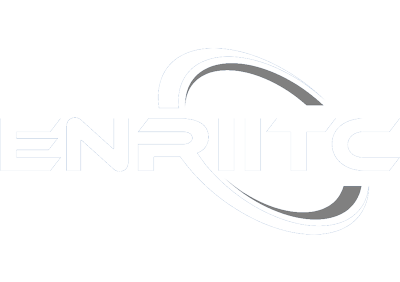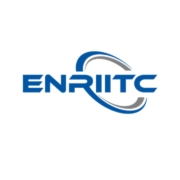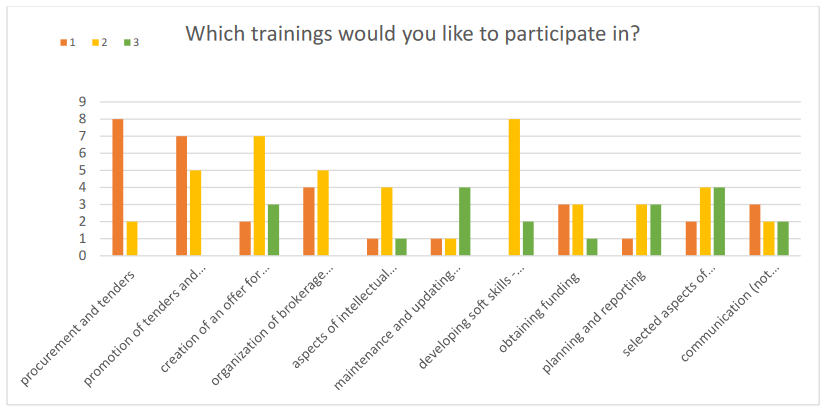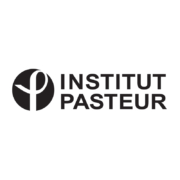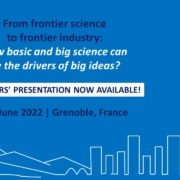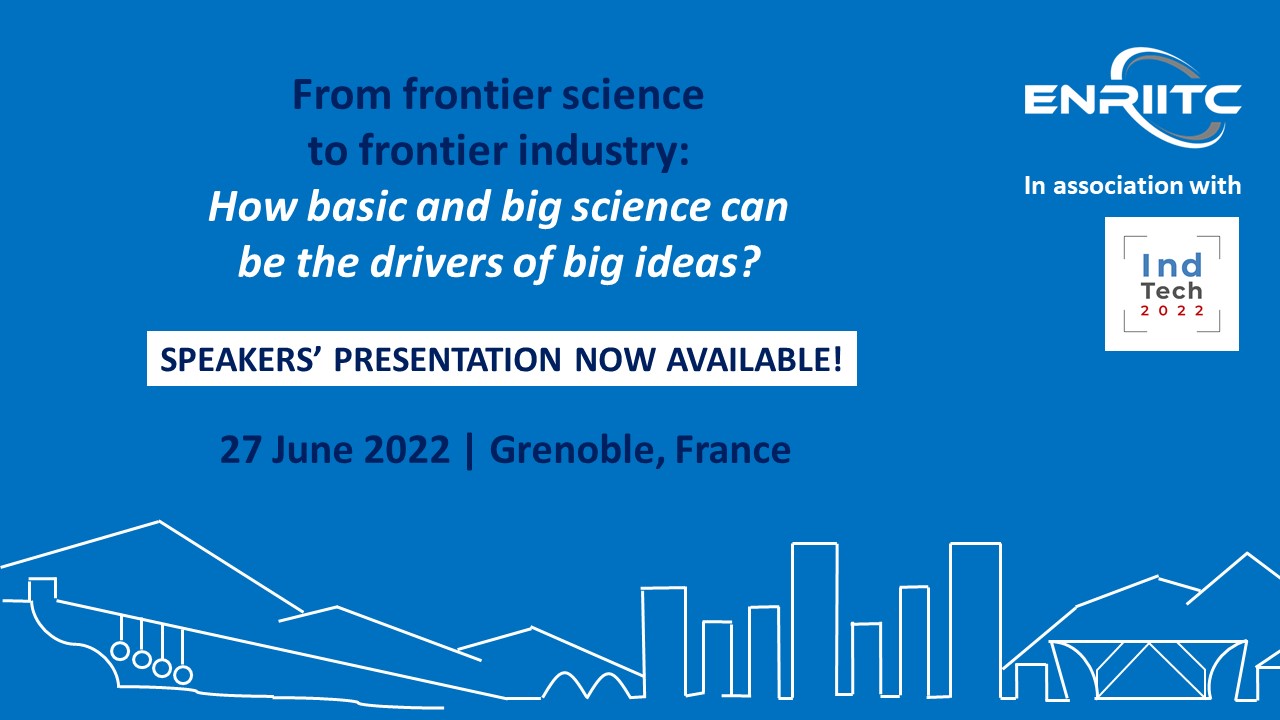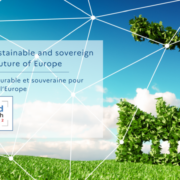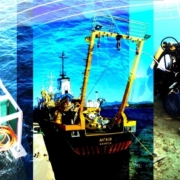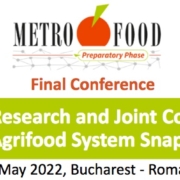ENRIITC makes recommendations for Research Infrastructures on how to improve industry engagement
While scientific excellence is the key justification and raison d’être for a Research Infrastructure, any RI under development will have to ask the question: “How do we engage with industry?”
Actually, both companies and the RIs themselves can potentially benefit from the interaction. And adopting a strategic and selectively focused effort would be beneficial for all RIs. During the last 2 years, ENRIITC has engaged the community of RIs and other stakeholders in order to map out and explore best practices and discuss different strategies. The resulting recommendations are published in the Deliverables:
- Strategy to exploit the innovation potential of RIs (D3.1)
- Strategy for innovation and industry-RI cooperation (D3.2)
The potential for industry engagement cover both possibilities within industrial supplies to RIs, industrial usage of the RIs facilities and knowledge, co-development, innovation activities, joint advocacy, and more.
The report underlines the importance of having “multipliers”: ILOs acting as intermediaries between national companies and RIs are important especially for the RI to reach out to supplier industry and for co-development. Inside the RIs, the function of ICO is a key role in many of the proposed strategic recommendations.

We arrive at 17 recommendations shown in the Figure and organised into four themes which cover both the internal organisation and priorities within the RI, and strategies and tools for engaging with companies and ecosystems surrounding the RI:
- Develop a strategy for innovation with industry: measures concerning the RI internal structure and prioritisation of resources;
- Engaging the innovation ecosystem: important points regarding the interaction with stakeholders in the innovation ecosystem surrounding the RI;
- Industry collaboration models: options and perspectives on how to set up collaboration;
- Funding structures for increased industry collaboration: strategies for pursuing supplementary funding for innovation activities in collaboration with companies.
While there is no “one-size fits all” strategy for the RI engagement with industry, the proposed strategic actions should be evaluated critically by the owners and management of the RI with respect to what is strategically relevant in the specific context of the particular RI.
